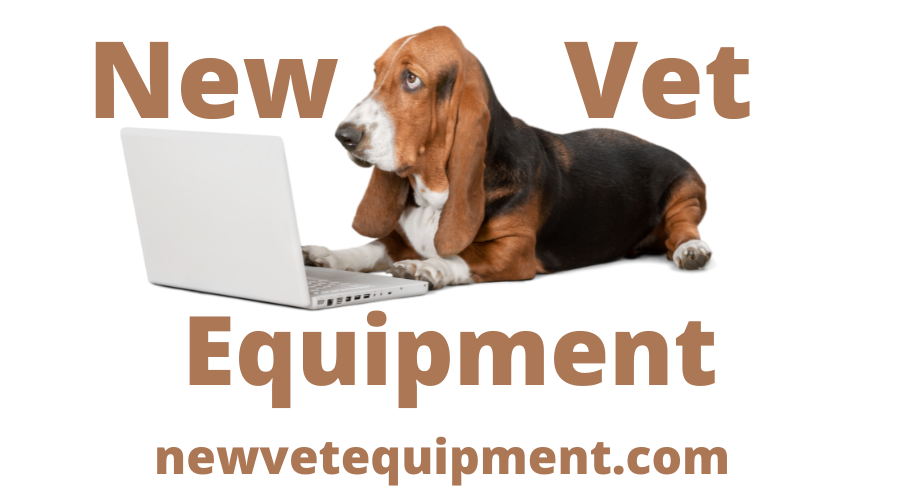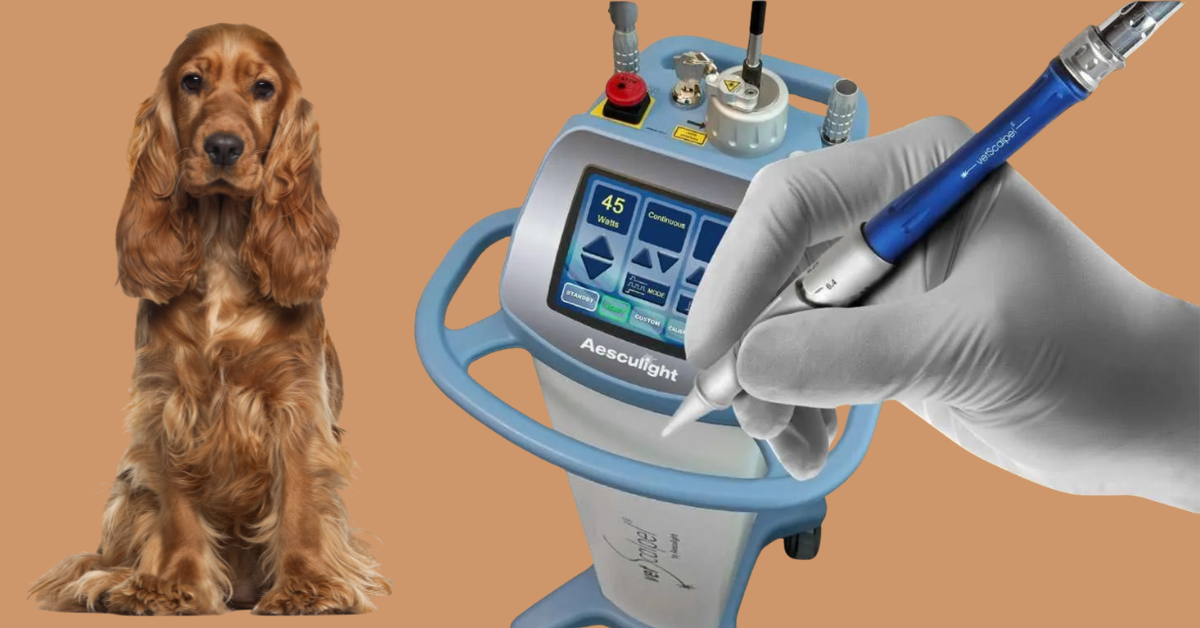Integrating CO₂ Laser Surgery Into Your Veterinary Practice: What to Expect
Why CO₂ Laser Surgery Belongs in Every Vet Practice
You’ve heard the buzz about CO₂ laser surgery — cleaner incisions, less bleeding, smoother recoveries — and maybe you’ve even seen a few impressive demos. But what does it really look like to bring this technology into your practice?
Transitioning to laser surgery isn’t just about new equipment. It’s about improving patient care, elevating your standard of medicine, and creating a smoother experience for both your team and your clients. Here’s what to expect when introducing a CO₂ laser into your veterinary practice.
Preparing Your Space: Setting Up for Success
Before your new laser arrives, evaluate your surgery suite setup. CO₂ lasers don’t require major renovations, but a few simple adjustments can make a big difference:
- Electrical requirements: Most units plug into standard outlets, but confirm with your manufacturer.
- Ventilation: Use a proper smoke evacuator to maintain air quality and visibility.
- Safety signage and eyewear: Lasers require specific protective glasses for both staff and patients.
- Workspace organization: Keep the laser cart accessible but away from high-traffic zones.
Taking time to fine-tune your surgical space ensures your team starts off confident and compliant.
Training Your Team
Your laser is only as effective as the people using it. Most manufacturers and distributors offer hands-on training when you purchase your device. Training usually covers:
- Operating controls and safety protocols
- Tissue interaction and power settings
- Case selection and clinical best practices
- Maintenance and cleaning procedures
Include your technicians early — they play a key role in setup, eyewear distribution, and smoke evacuation, ensuring smooth surgical flow.
Updating Safety Protocols
Like radiology equipment, CO₂ lasers come with specific safety requirements. You’ll need to:
- Post laser safety signage in the surgical area
- Maintain protective eyewear for all personnel
- Keep detailed laser use and maintenance logs
These steps ensure compliance and demonstrate your commitment to safety.
Communicating Value to Clients
Once your team is ready, it’s time to educate your clients. Most pet parents have never heard of CO₂ laser surgery — or imagine it’s the same as a cat toy pointer. Keep it simple:
“A CO₂ laser uses a concentrated beam of light instead of a scalpel. It seals small blood vessels and nerve endings as it cuts, resulting in less pain and faster recovery.”
Highlight what matters most to them — their pet’s comfort:
- Less pain: Seals nerve endings during surgery for reduced discomfort.
- Less swelling and bleeding: Creates a cleaner field and smoother recovery.
- Faster healing: Smaller incisions help pets bounce back sooner.
You can draw parallels to human medicine: “Just like human surgeons use lasers for delicate procedures, we use it to make your pet’s surgery as gentle as possible.”
Share the message on your website, in exam rooms, and through social media. If you add a small upgrade fee, frame it as an investment in their pet’s comfort and safety.
Measuring ROI: How Laser Surgery Pays for Itself
A CO₂ laser isn’t just a clinical upgrade — it’s a business investment that often pays for itself within a year. Here’s how to maximize ROI:
- Add a modest “laser surgery” fee ($50–$150 per procedure)
- Increase surgical volume as clients choose advanced care
- Attract new patients by marketing your laser-equipped practice
Over time, improved efficiency and fewer complications save both time and costs.
Start Small, Grow Confident
You don’t have to switch every surgery to laser right away. Begin with cases where it offers clear advantages, such as:
- Small mass removals
- Gingival surgeries
- Eyelid or perianal tumor removals
As your team gains experience, expand into more complex applications.
Bringing It All Together
Integrating a CO₂ laser into your veterinary practice quickly proves its worth — for your patients, clients, and staff alike. The learning curve is short, the impact is immediate, and the benefits last for years. With the right setup, training, and communication, laser surgery can become one of your clinic’s most valuable offerings.



